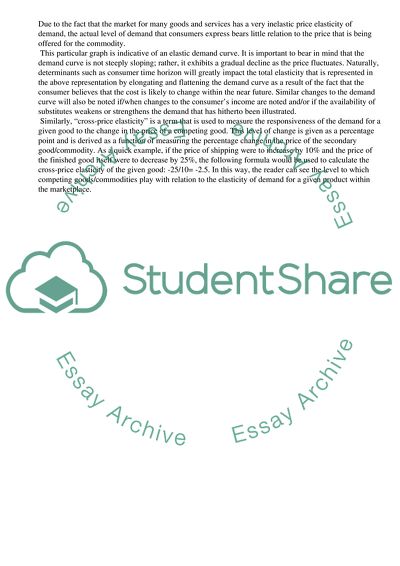Cite this document
(“Concepts of Supply and the Elasticity of Demand Essay”, n.d.)
Concepts of Supply and the Elasticity of Demand Essay. Retrieved from https://studentshare.org/business/1613559-supply-and-demand-elasticity
Concepts of Supply and the Elasticity of Demand Essay. Retrieved from https://studentshare.org/business/1613559-supply-and-demand-elasticity
(Concepts of Supply and the Elasticity of Demand Essay)
Concepts of Supply and the Elasticity of Demand Essay. https://studentshare.org/business/1613559-supply-and-demand-elasticity.
Concepts of Supply and the Elasticity of Demand Essay. https://studentshare.org/business/1613559-supply-and-demand-elasticity.
“Concepts of Supply and the Elasticity of Demand Essay”, n.d. https://studentshare.org/business/1613559-supply-and-demand-elasticity.


